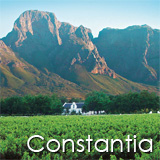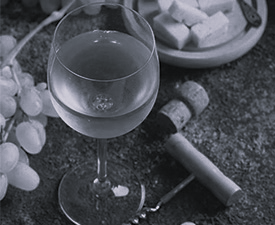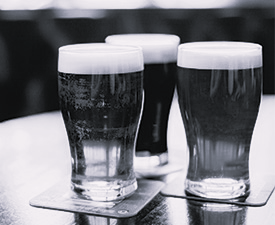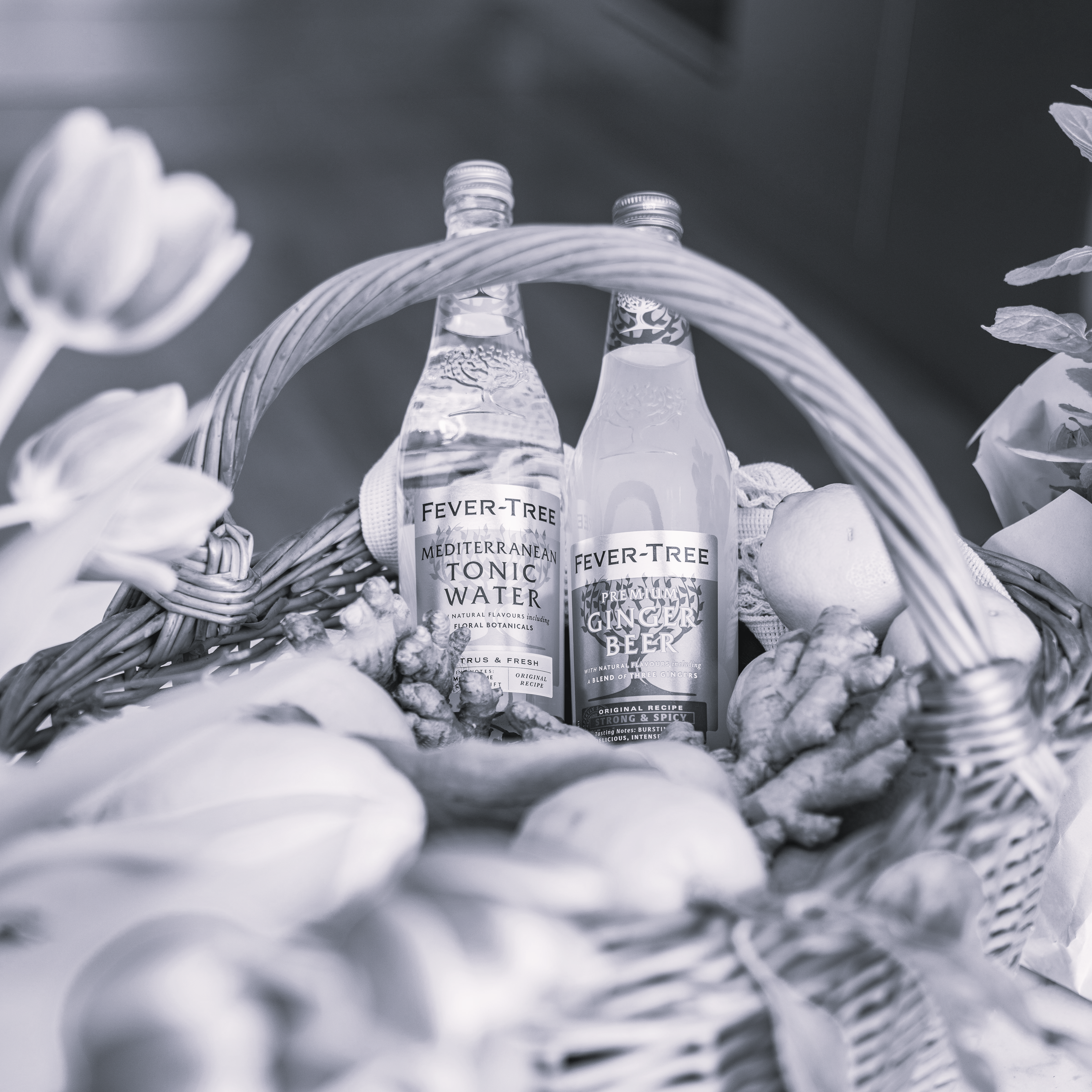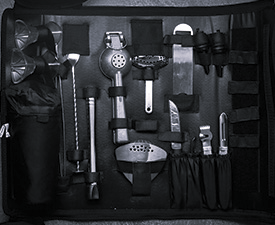The Constantia wine region is renowned for crafting some of the most famous wines to be made in South Africa - and is the birthplace of the wine farming industry in the beautiful valley. Jan van Riebeeck first brought vines to the Cape in the early 1650's - mostly Muscadel, and other white varieties. Constantia owes its position as a world famous wine-producing area to the first Governor of the Cape, Simon van der Stel, who chose the valley for his own farm in 1685 and was the first to recognize the potential of the Cape.
Van der Stel probably named Constantia after Constantia van Goens, granddaughter of the Dutch East India official who had granted him the farm. Constantia wines were in demand across the globe, limited volumes were exclusively bought and consumed by the aristocracy. Members of the British Royal House, Napoleon Bonaparte, Frederick II of Prussia, Lords and other dignitaries.
In South Africa viticulture mainly takes place in an area with a mild Mediterranean climate. The Western Cape is cooler than its location might suggest, with conditions ideal for a wide range of grape varieties. Constantia is on the eastern side of Cape Peninsula in the coastal zone. The temperate climate in the area features warm summers cooled by south-easterly sea breezes and cool winters with very little or no frost.
The impressive Cape mountain ranges form a dramatic backdrop with vineyards on the valley sides and floor, benefiting from the many meso-climates and diverse terroir. The constant interaction between rugged peaks, valley slopes and the proximity of two mighty oceans - and the icy Benguela current which flows northwards up the west coast of Africa from Antarctica, moderate the summer warmth. This diversity result in wines filled with character and complexity. Although most vine varieties in South Africa were originally imported - six local crossings have been released, the best known of these Pinotage, a hybrid of Pinot Noir and Hermitage (Cinsault), which is cultivated on a fairly large scale.
